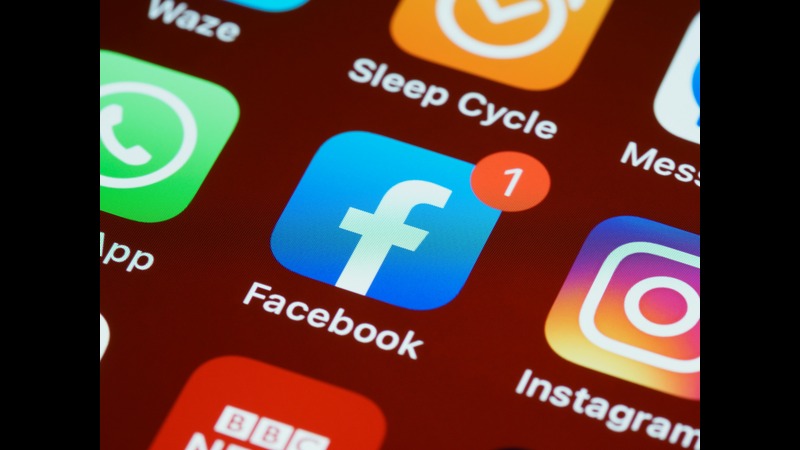Get the Most Out of Facebook: The Best Times to Post in 2025
Introduction
Timing can make or break your Facebook content strategy. While crafting quality content matters, knowing when to post it can significantly influence reach and engagement. This guide explores how you can take advantage of peak activity times, leverage Facebook Insights, and use iterative testing to consistently improve your results.
Why Timing Matters on Facebook
Facebook’s algorithm prioritizes content that aligns with user activity. If your posts appear when your audience is actively scrolling, you increase the likelihood of visibility, engagement, and sharing. The right timing can turn an average post into a viral one by simply matching user behavior patterns.
Understanding the Facebook Algorithm
Facebook doesn’t show content in strict chronological order. It ranks posts based on predicted user interest and engagement. One of the top factors in that prediction? When your audience is online.
If you consistently post during high-activity windows, your content has a better chance of surfacing on feeds, prompting meaningful interactions.
Best Times to Post on Facebook (2025 Data)
1. Morning Rush: 7 AM – 9 AM
Catch early risers commuting or checking their feeds over coffee. This window often sees strong engagement from working professionals and routine-driven users.
2. Midday Momentum: 1 PM – 3 PM
Lunch breaks are prime browsing hours. Users tend to scroll passively and engage with content that’s light, visual, or useful.
3. Evening Engagement: 7 PM – 9 PM
This is the golden hour when users are relaxed, done with work, and more likely to engage in thoughtful interaction or longer reads.
📌 Tip: Always adjust for your audience’s time zones. Use geographic targeting if your followers span multiple regions.
How to Use Facebook Insights to Find Your Golden Hours
Facebook Insights is your data-rich compass. Here’s how to leverage it:
🔍 Audience Activity Graph
Navigate to Insights > Posts to view when your followers are most active. Look for consistent peaks across days to plan your schedule.
📊 Analyze Top Posts
Identify what posts performed best and when they were posted. Was it a funny meme at lunch or an in-depth article at night? Replicate patterns that work.
🧪 Experiment and Adapt
Test different posting times weekly. Even minor changes can lead to measurable increases in engagement.
Testing and Optimizing Your Schedule
1. A/B Time Testing
Run two identical posts at different times to see which gets more interaction. This helps you pinpoint high-performing slots.
2. Measure Everything
Track performance using metrics like reach, shares, and reactions. Focus on trends over time rather than one-off spikes.
3. Iterate Monthly
What works in March may flop in August. Social habits evolve. Keep optimizing your timing based on real-time data.
Final Thoughts
To dominate Facebook in 2025, you need more than just great content—you need strategic timing. Use Facebook Insights, adjust for your audience, and continuously test your post times. This combination ensures that your voice isn’t just heard—it’s amplified.

